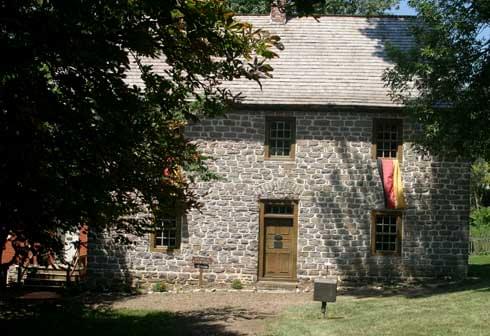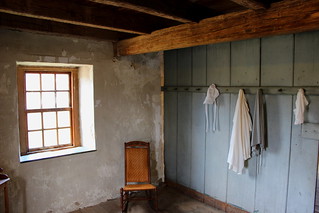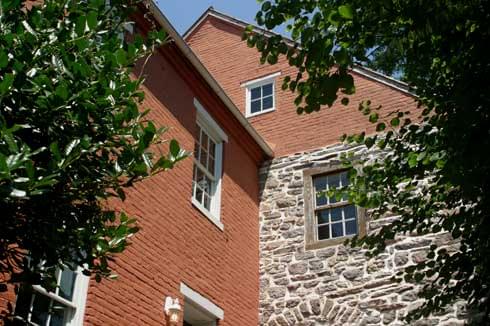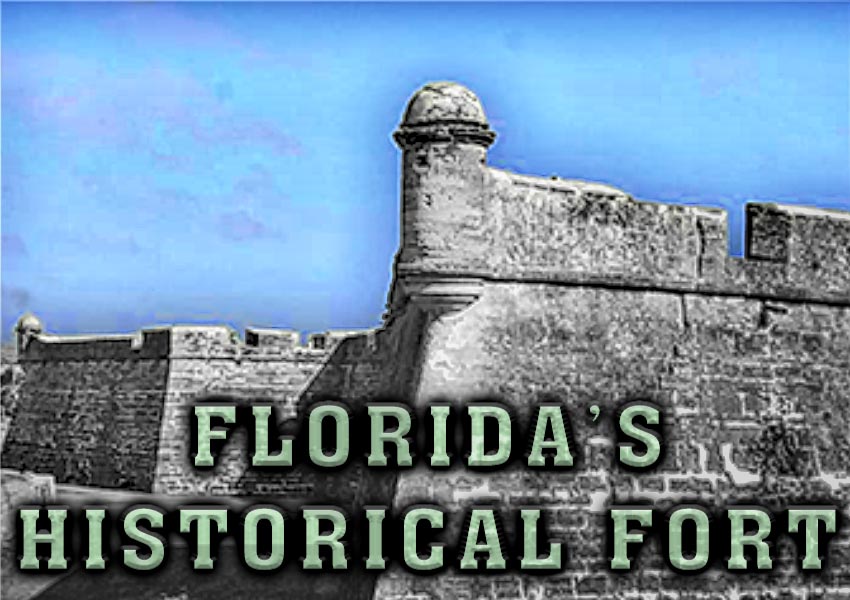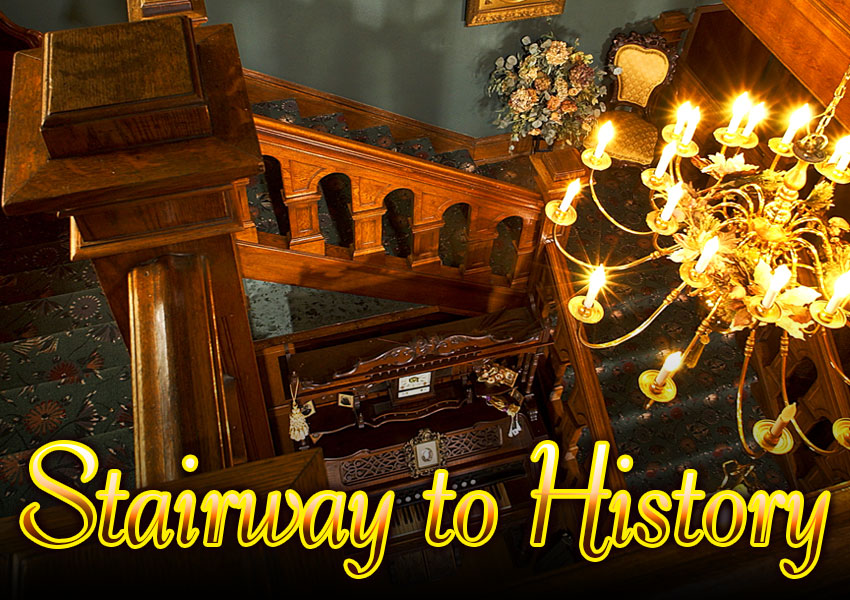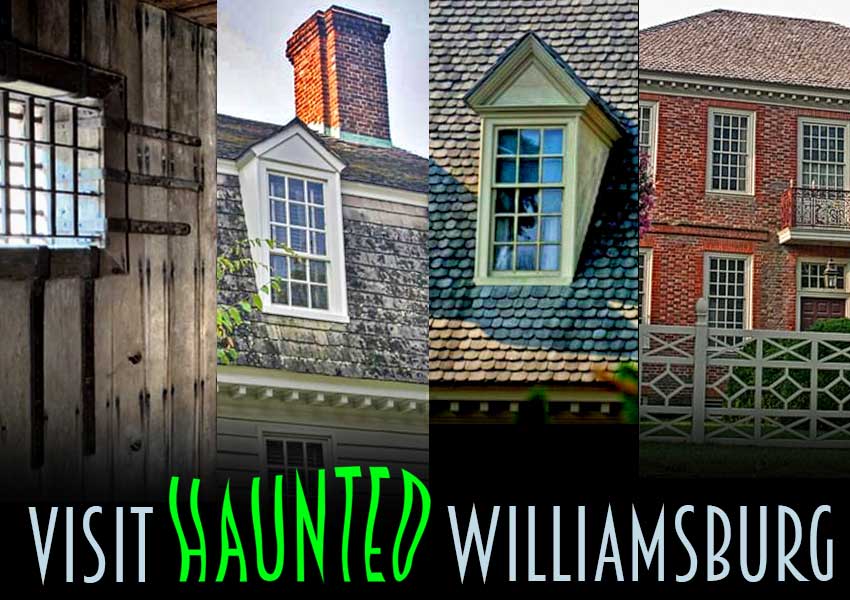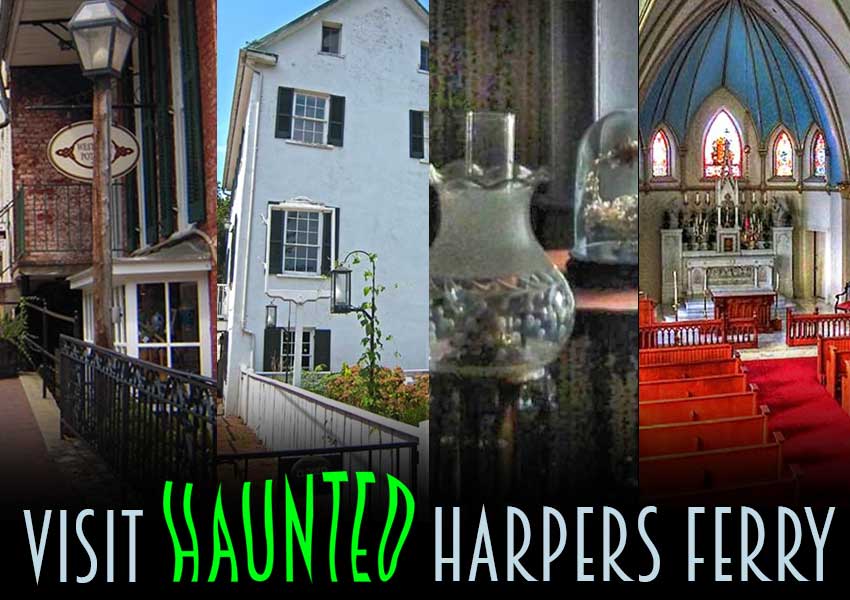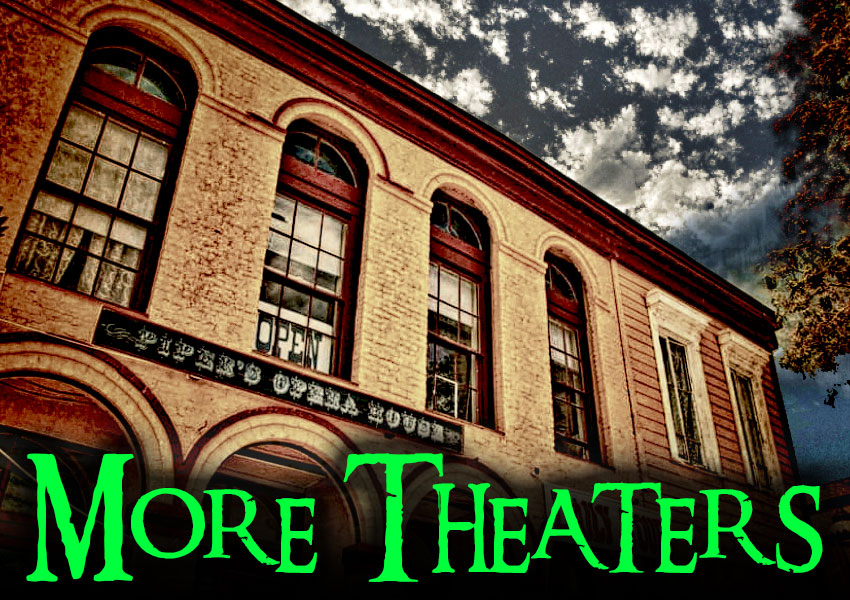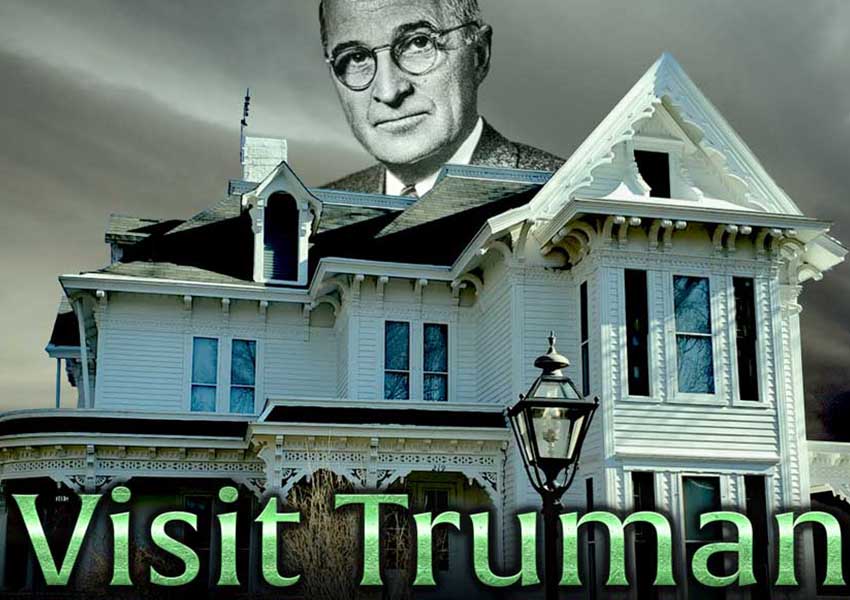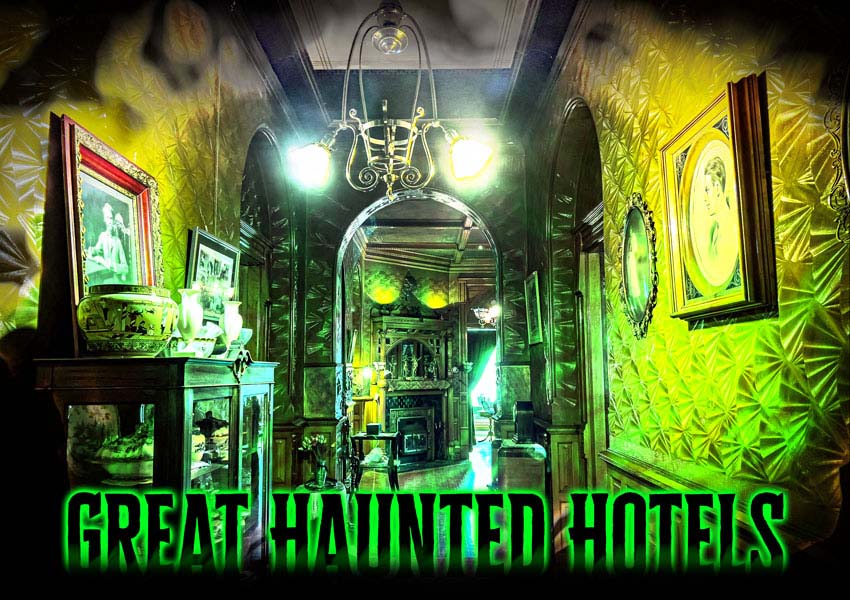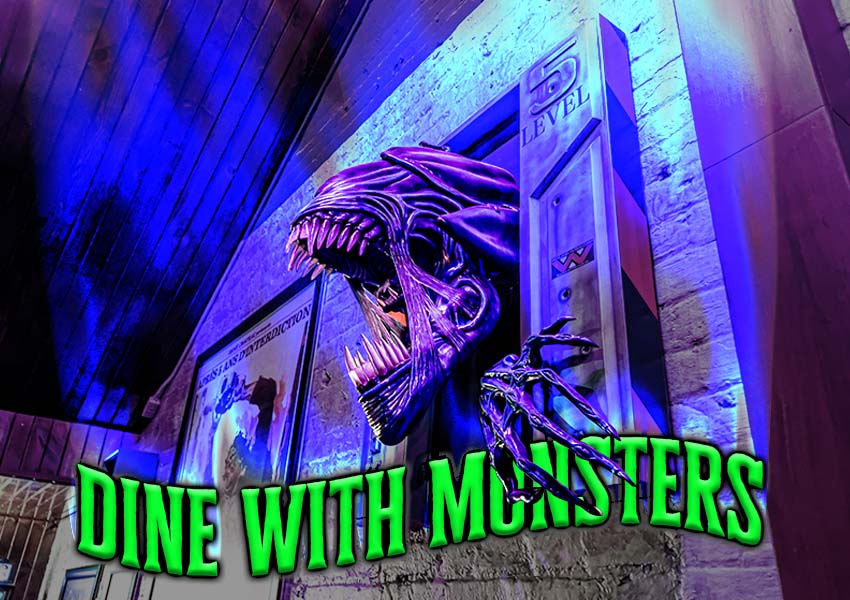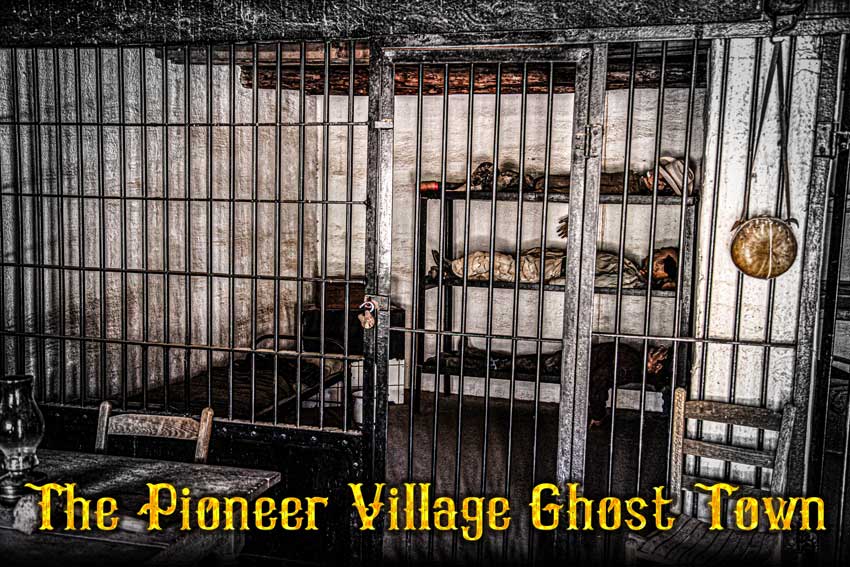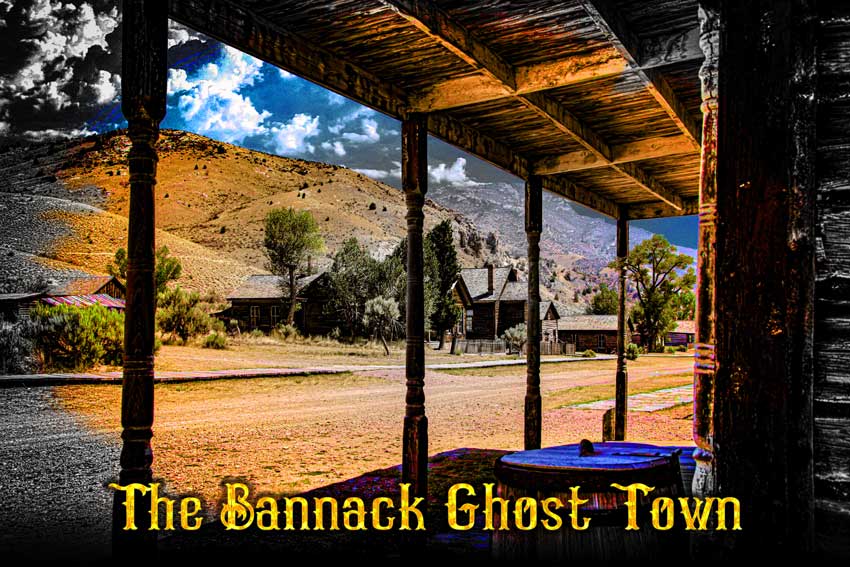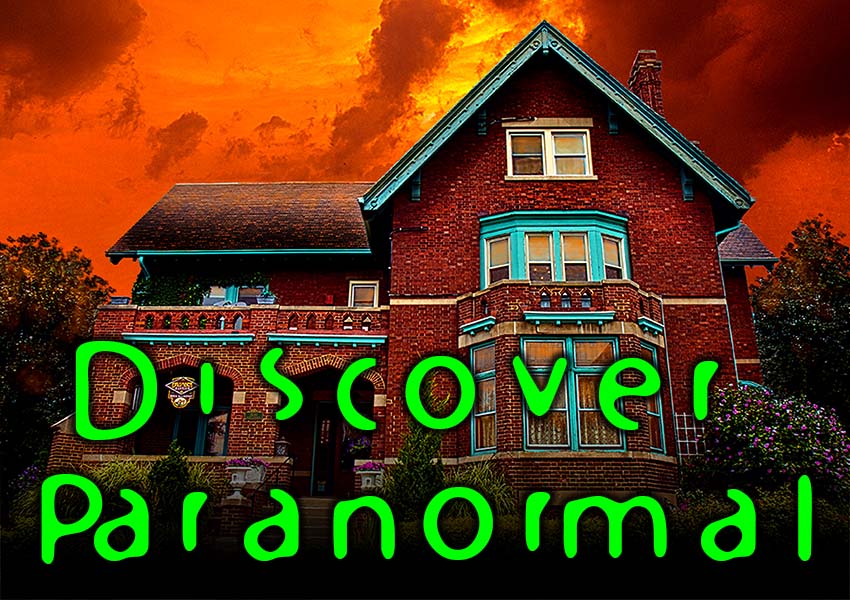Frederick Maryland
Schifferstadt Museum
This 1756 German Colonial House Museum and
gardens explore the lifestyles of immigrants.
Apparently the spirits of the original owners
have been drawn back by its authenticity.
DESCRIPTION
This 1756 German Colonial House and gardens is a museum which was the home of a German immigrant couple, Joseph and Elias Brunner, who were farmers in colonial times and built the larger stone house. It is an excellent, well-preserved example of German Colonial architecture which has inspired the name of the museum which now occupies the home.
There are three connected buildings on the property. The small brick summer kitchen and bake oven, attached to the two story brick house, were the additions made to the original much bigger stone house, sometime in the middle of the 19th century, replacing a log cabin. The brick house addition today is now a gift shop and an arts-and-crafts store.
The bigger, original 2 story home built by the Brunners has two foot thick sandstone walls, with hand-hewn beams which are pinned together with wooden pegs. The reinforced arches made of stone located above the windows and doors found on the first floor provide solid structural support for the outside walls above them. Characteristics of the German colonial style, such as kick-up and flared eaves, ‘wishbone” chimneys, paling insulated interior walls and ceilings and exposed half-timbering are found in this solidly built German farm house.
The original, perfectly preserved cast iron five plate stove on display is dated 1756, and bears the original inscription in German, ‘Where your treasure is, there is also your heart.”
A narrow, enclosed winder staircase leads up to the second floor. The doors to the rooms are described as being deeply paneled “cross and Bible” doors with the original elaborately hand-wrought iron latches and locks.
Outside there is a lovely, authentic 18th century German kitchen garden and fruit orchard which has herbs, plant and fruit trees that the Brunners would’ve grown on their farm, and commonly available during this time period. All is maintained by volunteers.
The museum offers a window into what life was like in the 18th century, and is fascinating to see all the artifacts, the displays and the gardens, especially the fruit trees which are rarely seen today.
HISTORY
Many Germans immigrated to the colonies with the hope of being able to buy their own land, becoming successful farmers and enjoying the fruits of their labor. The story of the Brunner family began in 1728, when Joseph Brunner’s son, Jacob immigrated to Philadelphia, PA with his family and brother-in-law. His parents, Joseph & Elias Brunner and their children followed. Then, everyone moved to Frederick, Maryland where building a home was cheaper, and it was possible to buy land, a dream which had inspired them to leave the old country and come to the colonies. Owning land meant having the opportunity to be successful and live a good life for oneself and one’s family.
Joseph Brunner eventually was able to buy 303 acres of virgin timberland and built his homestead there, naming his farm Schifferstadt after his hometown of Scheverstadt located in southeastern Germany.
Joseph Brunner probably built a log cabin at first, until his farm became successful. He then built a warmer house of stone, from the stone quarry in Walkersville, which showed his community that he had evolved into success and had a stable living.
Various members of the Brunner clan lived in this stone home until around the 1850s. Eventually, it became a rental property which began its long slide into disrepair.
Over the years, most of its 303 acres were sold. By 1972, the building had deteriorated and was nearly torn down to make room for a 20th century gas station! Fortunately for us all, The Frederick County Landmarks Foundation raised part of the money to buy it, with the Maryland Historical Trust contributing $60,000 dollars in form of an interest free loan to help rescue the property from its date with the wrecking ball.

HISTORY OF MANIFESTATIONS
The renovation and restoration of their beloved home started the hauntings of the Brunners, who were pleased with the wonderful job which was done! Someone took as much pride in their home and gardens as they once had!!!
MANIFESTATIONS
STILL HAUNTED?
Apparently so!
This stone farm house was the dream home of the Brunners, a symbol of what they had worked for all their lives. They are happy and content, willing to share their home with the living.
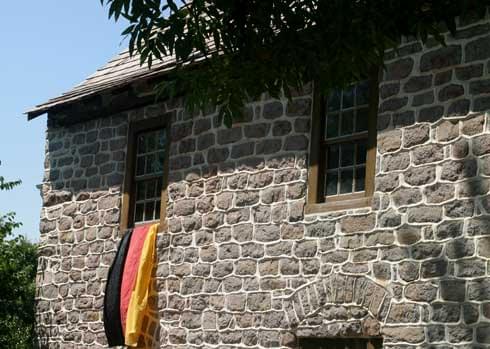
LOCATION
1110 Rosemont Avenue,
Highway 15, Exit 14,
Frederick, Maryland
301-663-3885 * 301-663-8693
Schifferstadt Architectural Museum is located in historic Frederick, at the end of Exit 14 off of Northbound Route 15. Approximately 50 minutes from Baltimore and Washington DC, and 30 minutes from Gettysburg and Hagerstown.
Schifferstadt Architectural Museum is owned and maintained by the Landmarks Foundation, since July of 1974, a non-profit organization, which is dedicated to the preservation of natural and historic landmarks, sites, structures and architectural design.
Open for tours: April – November, Wednesday & Sunday by appointment. Thursday, Friday, Saturday: 12:00 PM-4:00 PM
Call 301-663-3885
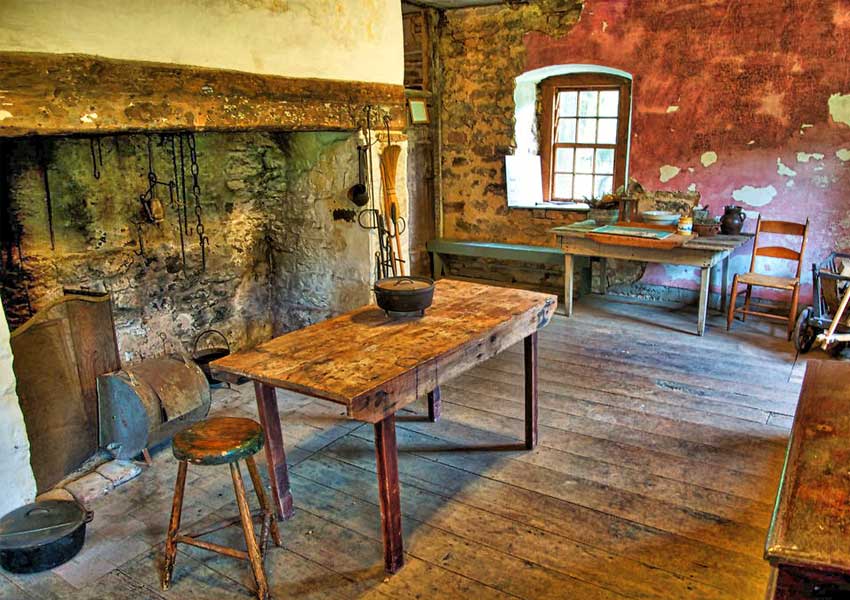
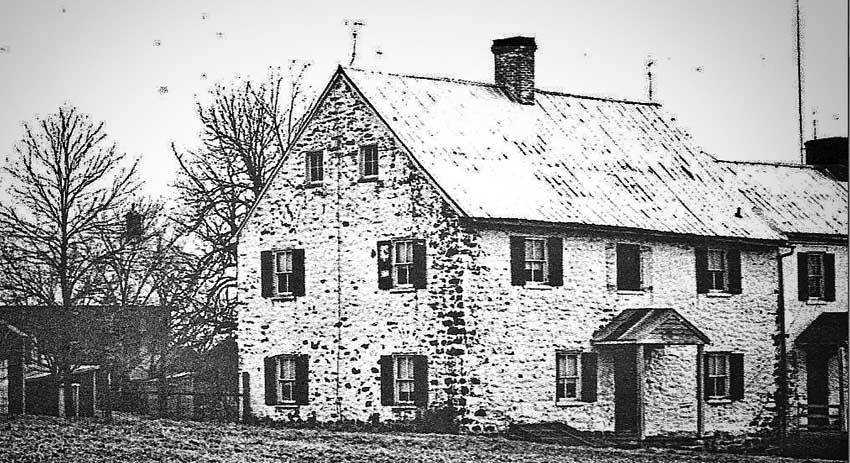
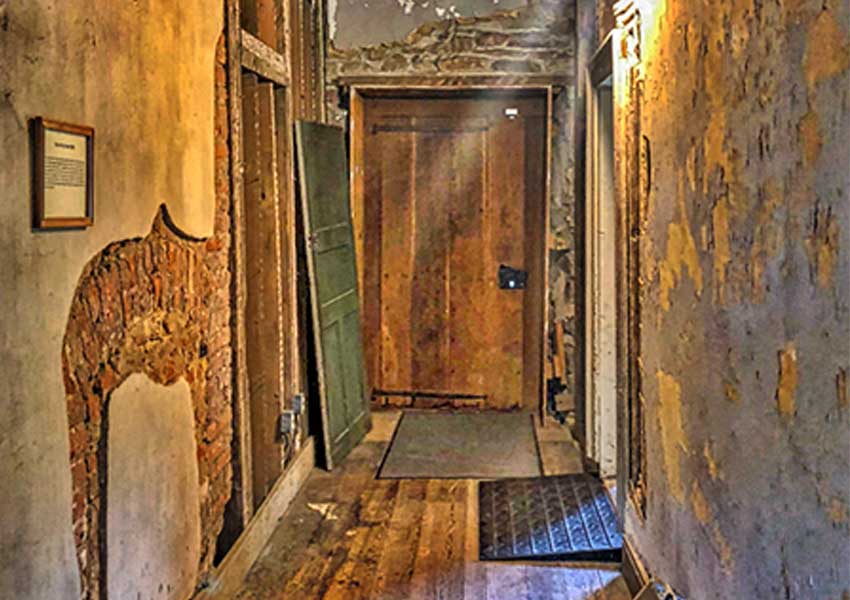
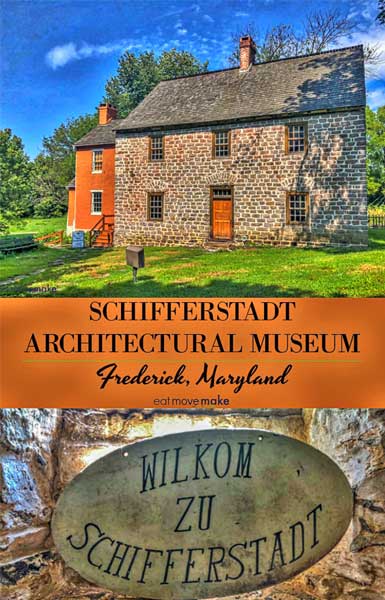
SOURCES INCLUDE
- FrederickCountyLandmarksFoundation.org
- HAUNTED PLACES: The National Directory, by William Dennis Hauk, The Penguin Group, 2001.
Our Haunted Paranormal Stories are Written by Julie Carr
